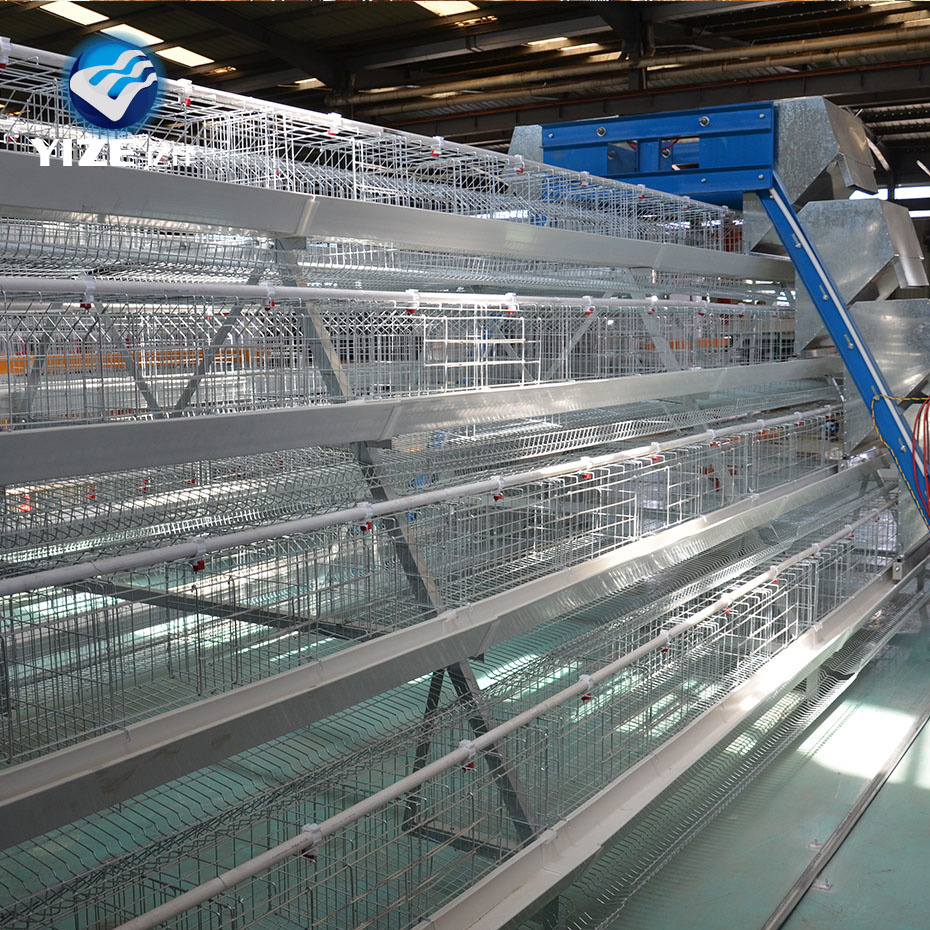poultry transport cage
Nov . 11, 2024 09:52 Back to list
poultry transport cage
The Importance and Design of Poultry Transport Cages
Transporting poultry is a critical component of the poultry industry, ensuring that birds are moved efficiently and safely from farms to processing facilities or markets. One of the key elements in this operation is the design and functionality of poultry transport cages. These cages not only provide protection to the birds during transit but also must comply with various welfare regulations to ensure the integrity and well-being of the animals.
Understanding Poultry Transport Cages
Poultry transport cages are specifically designed to house birds securely while protecting them from injury, stress, and environmental factors during transport. Different types of poultry, such as chickens, ducks, turkeys, and quails, may require distinct cage designs to accommodate their unique sizes and behaviors. Typically made from durable materials such as metal or high-density plastics, these cages are built to withstand the rigors of transportation, ensuring that they do not collapse or fail under stress.
Key Features of Effective Poultry Transport Cages
1. Ventilation One of the most critical considerations in the design of poultry transport cages is adequate ventilation. Birds need a steady supply of fresh air to prevent overheating and to minimize stress. Well-designed cages include ventilation holes or slats that allow for optimal airflow while keeping the birds secure.
2. Animal Welfare Compliance with animal welfare regulations is paramount in the poultry industry. Cages must provide enough space for birds to stand, turn, and lie down comfortably. Overcrowding can lead to stress and injuries, which can, in turn, affect meat quality. As such, adequate planning in the design process is necessary to ensure that each cage meets the recommended space requirements per bird.
poultry transport cage

3. Ease of Handling Poultry transport cages should be designed for easy loading and unloading. Features such as stacked designs and handles facilitate easier handling by workers and can help in reducing the time the birds spend in transit, ultimately minimizing stress.
4. Sanitation Maintaining hygiene during transport is crucial to prevent the spread of disease. Cages should be easy to clean and disinfect. Some advanced designs even incorporate removable trays to collect waste, making it easier to manage sanitation before the next use.
5. Durability and Safety Transport cages must be built to withstand the challenges of road transport, including bumps, shifts, and varying temperatures. Heavy-duty materials help ensure that the cages do not break or deform during transit. Additionally, safety features to prevent escape or injury during handling are essential.
The Role of Technology in Poultry Transport Cage Design
Recent advancements in technology have played a substantial role in the evolution of poultry transport cages. Innovations such as the use of smart materials that regulate temperature and humidity can help maintain a comfortable environment for the birds, further reducing stress. Additionally, tracking systems can be integrated into cages to monitor conditions during transport, providing real-time data on temperature and ventilation levels, which helps in making necessary adjustments to protect the birds.
Conclusion
The design and use of poultry transport cages are a fundamental aspect of the poultry industry. By prioritizing animal welfare, ensuring proper ventilation, maintaining hygiene, and utilizing durable materials, these cages play a significant role in the safe and humane transport of poultry. As the industry continues to evolve, integrating new technologies into cage design will further enhance the capability of poultry transport cages, ensuring that they not only protect the birds but also improve overall efficiency in the supply chain. Ultimately, a focus on creating better transport solutions will benefit the entire industry, from producers to consumers.
-
Automatic Feeding Line System-Pan Feeder Nipple Drinker|Anping County Yize Metal Products Co., Ltd.
NewsJul.29,2025
-
Hot Sale 24 & 18 Door Rabbit Cages - Premium Breeding Solutions
NewsJul.25,2025
-
Automatic Feeding Line System Pan Feeder Nipple Drinker - Anping County Yize Metal Products Co., Ltd.
NewsJul.21,2025
-
Automatic Feeding Line System Pan Feeder Nipple Drinker - Anping County Yize Metal Products Co., Ltd.
NewsJul.21,2025
-
Automatic Feeding Line System - Anping Yize | Precision & Nipple
NewsJul.21,2025
-
Automatic Feeding Line System - Anping Yize | Precision & Nipple
NewsJul.21,2025






